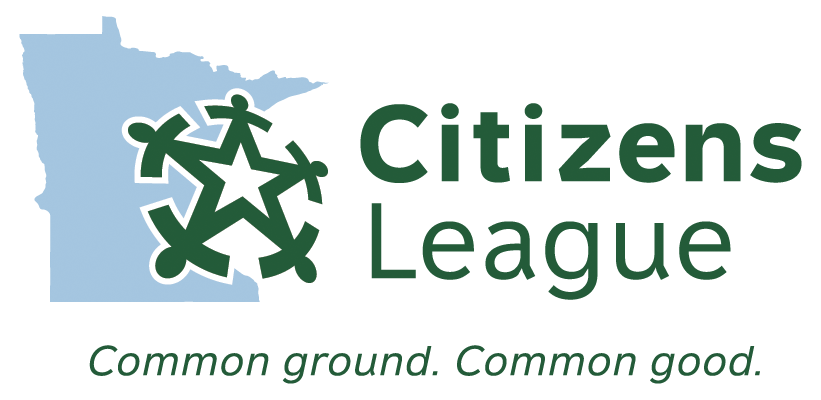Picture resilience as a reservoir. This reservoir can be depleted, or pulled from and decreased, by negative inputs or just the constant energy required to sustain daily life. Negative influences drain this reservoir much faster than neutral daily sustaining influences. Negative influences can be people with toxic energy or attitudes, they can be stressful environments, and it can also be our individual mindset that frames situations negatively. It is not to say these things are mutually exclusive either. Our environment and the people in it can and do influence our mindset, and vice versa.
Our resilience reservoir can also be replenished or filled. It is filled by reading and listening to positive messages, surrounding yourself with positive people, and intentionally adding positive resilience messages, thoughts, and strategies.
This reservoir’s capacity may expand over time as we consistently, persistently, and intentionally work to input resilience resources, practices, and strategies into daily use.
Over the years people have shared with me their own understanding of resilience and its relevance to their core experience and sense of being.
Here are seven strategies that you can implement today as you strengthen your own practice of resilience.
#1 Find Your Flow
Finding your flow is about actively engaging in projects, tasks, and with people that ignite your passion. Some call this being “in the zone”, or that activity where everything else seems to fall away around you. The goal is to find your flow multiple times throughout the day and week, to continually re-center and refuel your passion and purpose. When you’re living into your passion or your purpose, you have found your flow. Live into this as often as possible. Identifying and scheduling blocks of time for these activities is a helpful practice.
Resilience Strategy: Block off time at least once this week specifically for these people, topics, or activities where you “find your flow”.
#2 Dream
 Dreaming, aspiring, and a positive orientation toward the future are central to resilience. These are balanced within mindfulness or staying in the present moment. Identifying short and long-term goals, directing your energy and time investments toward a positive outcome and visualizing yourself as achieving your dreams is healthy. Simultaneously, we must hold the present state as truth and as a necessary and vital step along the way to transformation.
Dreaming, aspiring, and a positive orientation toward the future are central to resilience. These are balanced within mindfulness or staying in the present moment. Identifying short and long-term goals, directing your energy and time investments toward a positive outcome and visualizing yourself as achieving your dreams is healthy. Simultaneously, we must hold the present state as truth and as a necessary and vital step along the way to transformation.
Resilience Strategy: Create a Vision Board with images of your goals, inspirational words and quotes, and any other visuals that represent your dreams.
Tip: Search “How to Create a Vision Board” in Pinterest for thousands of examples or check out this blog article for a step-by-step process
#3 Mindfulness
 Mindfulness is both about being present in the here and now, as well as training and conditioning our mind to locate moments of quiet. Mindfulness is about perceiving our present state of being, of who we are today. It’s about holding the future at bay while we are engaging in the current context.
Mindfulness is both about being present in the here and now, as well as training and conditioning our mind to locate moments of quiet. Mindfulness is about perceiving our present state of being, of who we are today. It’s about holding the future at bay while we are engaging in the current context.
Resilience Strategy: Locate a quiet moment in your day to close your eyes and to be still. Eliminate any audio, visual, and other stimuli. When thoughts come up, notice them and try your best to let them go. If this is difficult for you to do on your own, consider using a guided meditation on YouTube or a smartphone app like Insight Timer.
Tip: Start small – aim for a few minutes, then gradually increase to 10, 15, and 20 minutes over time.
#4 Physical Wellness
 Our physical container, the body we inhabit, is a primary source of resilience. Hydration, diet, and movement or exercise, are areas to form positive and consistent habits in sustaining and strengthening our physical wellness. Our physical body is the reservoir that we need to tend to daily. We have better access to our resilience capabilities when our bodies are functioning at optimal levels.
Our physical container, the body we inhabit, is a primary source of resilience. Hydration, diet, and movement or exercise, are areas to form positive and consistent habits in sustaining and strengthening our physical wellness. Our physical body is the reservoir that we need to tend to daily. We have better access to our resilience capabilities when our bodies are functioning at optimal levels.
Resilience Strategy: Drink a glass of water first thing in the morning when you wake up.
Tip: Fill up a glass of water the night before and keep it on your bedside table.
Resilience Strategy: Integrate movement into your daily routine
Tip: Practice stretching while you’re studying or doing computer work and replace stationary meetings with walking meetings when possible
#5 Mindset
Mindset is the tone of our beliefs, attitudes, and our disposition toward the world. We can think of mindset as being primarily positive, neutral, or negative. Some call this our affect. Our mindset is shaped by our experiences in childhood and each corresponding life stage. Our mindset shifts and changes shape over time. It also varies according to our mood, environment, and is vulnerable to shifting influences in our life.
Mindset is comprised greatly of our attitudes. Attitudes might be considered positive emotions, use of humor, ability to see options, or abundance.
Resilience Strategy: Inventory your thoughts and language, observing the positive, neutral, and negative tone. Identify areas to insert language that reflects positivity, abundance, and possibilities
#6 Adaptation
Adaptation involves our response to our explanations of change, to stressful events or people. Adaptation rests in our ability to provide positive reframing and alternate explanations. When experiencing stress and challenge our adaptation may include framing this challenge as temporary and something that will pass. Adaptation involves our assumptions, meaning, and explanations of stressful dynamics and changes in our environment.
Resilience Strategy: Integrate these statements into your resilience practice:
“This is temporary and will pass.”
“This is an opportunity, rather than a challenge.”
#7 Environment
 Our environment plays a prominent role in shaping and influencing our thoughts and behaviors. Environmental influences can be people, physical spaces and places, as well as sounds and other sensory stimuli.
Our environment plays a prominent role in shaping and influencing our thoughts and behaviors. Environmental influences can be people, physical spaces and places, as well as sounds and other sensory stimuli.
John Lee Dumas, the host of one of my favorite podcasts, says, “You are the average of the top five people you surround yourself with.” This philosophy applies to the presence of positive, neutral, and negative messages and sensory information you receive.
Resilience Strategy: Pause throughout your day to take note of all the sights, sounds, tastes, and tactile experiences you encounter. Take note of their tone and disposition, of their positivity, negativity, or neutrality.
Tip: Post affirmational statements in your bathroom, bedroom, office, and study space on post-its (Check out our #InspirationMonday posts on Instagram for inspirational quotes)
Bonus
In the spirit of abundance (see #5), here is a bonus Resilience Strategy for your developing practice of resilience.
#8 Social Support
We cannot and should not do this alone. We are members of larger communities, our families, our neighborhoods, our cultural communities, and we are global community members.
Support from these communities is essential to our individual resilience. This support is reciprocal. As we contribute to these communities, our bond and relationship strengthens to them as well.
As Dr. Brene Brown states: “We are hardwired to connect with others, it’s what gives us purpose and meaning to our lives, and without it there is suffering.”
Resilience Strategy: Brainstorm your Personal Board of Directors and identify any gaps using this free worksheet from Denise Brosseau at Thought Leadership Lab.
This list is not meant to be exhaustive. Think of it as a starter kit for a comprehensive resilience practice.
Which resilience strategies do you currently practice?
Do you know of someone who would love this resource to support their own resilience practice? Share this article with them to show your support.
Want more resilience resources? Check out my blog post, “Four Domains of Resilience You Can Practice Today” (May 23, 2018).
Subscribe to our listserv
Want free resources, tips, and tools?









Hello! Tried to use contact form, but met with error response. Could I use these in a resiliency workshop for a Diversity Admit Day? I work in a diversity office in higher ed.